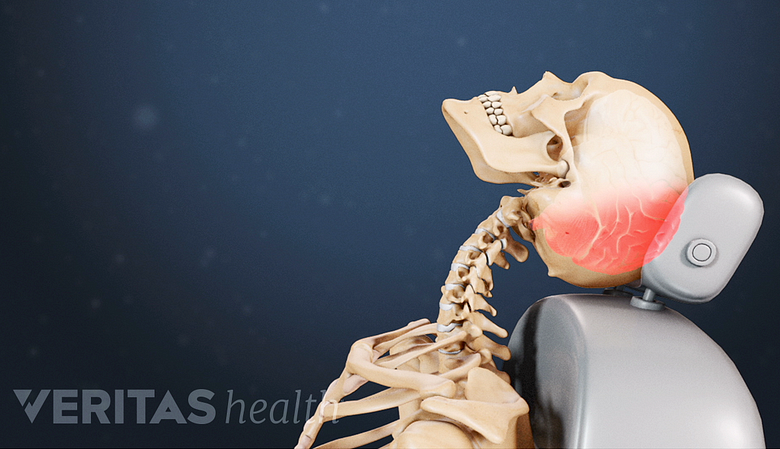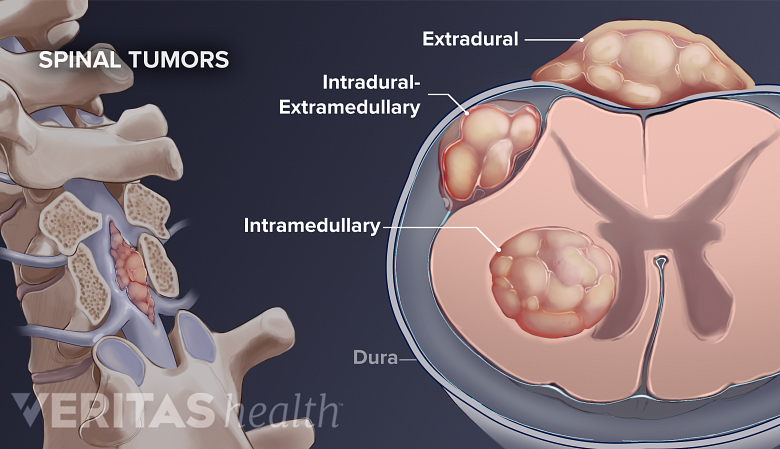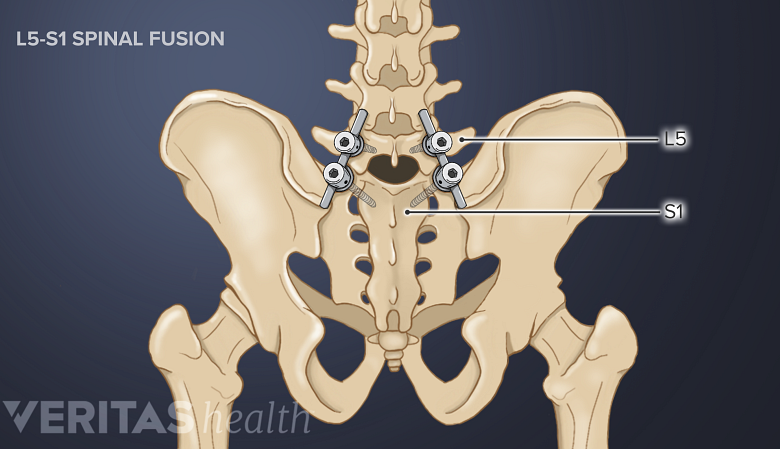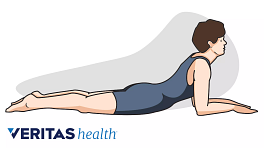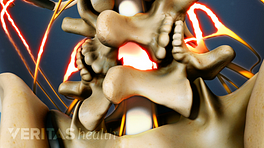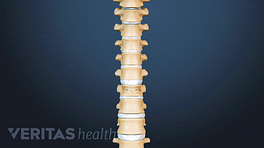McKenzie method exercises are widely used for the treatment of many types of back and neck pain; however, certain situations and diagnoses are not a good fit for McKenzie therapy, and in fact, pose potential risks.
This blog outlines 5 potential risks of the McKenzie exercises for back or neck pain.
In This Blog:
- 1. Your pain started after a recent injury
- 2. You may have a possibility of spinal tumors or infections
- 3. You have the symptoms of spinal cord or severe spinal nerve compression
- 4. You have had certain types of spine surgery
- 5. Your arm or leg pain consistently worsens after performing the McKenzie exercises
1. Your pain started after a recent injury
Neck or back pain following a traumatic injury is not treated with McKenzie exercises until serious injuries are ruled out.
The McKenzie method, also called Mechanical Diagnosis and Therapy (MDT), is not always suitable for treating pain from serious back or neck injuries caused by acute trauma, such as a fall, car accident, or sports injury.
MDT exercises place stress on the spine and, if done prematurely, can potentially worsen many types of injuries.
In the event of an abrupt onset of intense back or neck symptoms following a trauma, it is recommended to seek medical care and evaluation before considering any form of exercise-based therapy.
Once serious injury, such as a spinal fracture, is ruled out, MDT may be used to treat pain symptoms from most injuries or traumas. If there is significant inflammation following an injury, it is advisable to wait until the inflammation subsides or is medically managed before initiating MDT.
2. You may have a possibility of spinal tumors or infections
Pain originating from a tumor is not treated with McKenzie exercises.
MDT exercises are not used to treat back or neck pain due to spinal tumors and/or infections.
The focus of the McKenzie exercises is to treat spinal pain from a mechanical cause or physical obstruction, such as a herniated disc or a stiff muscle or tendon – by healing it and restoring normal movement in the spine.
Tumors and infections are not considered mechanical causes of pain and are not treated with McKenzie method exercises. 1 McKenzie R, Kubey C. 7 Steps to a Pain-Free Life: How to Rapidly Relieve Back and Neck Pain Using the McKenzie Method. Updated edition. Plume; 2014.
The warning symptoms and signs of spinal tumors and infections include night pain, loss of appetite, nausea and vomiting, unplanned weight loss, and fever, among others.
If an infection or tumor is suspected, immediate medical attention is warranted.
See Could My Back Pain Be Spine Cancer?
3. You have the symptoms of spinal cord or severe spinal nerve compression
Pain and symptoms due to compression of the spinal cord or cauda equina is not treated with McKenzie exercises.
Serious conditions affecting the spinal cord or spinal nerve roots are treated with surgical intervention to relieve nerve compression and preserve function. These conditions include:
- Severe spinal cord compression (myelopathy)
- Compression of the cauda equina nerves (cauda equina syndrome)
- Certain cases of a severely compressed spinal nerve root (radiculopathy)
It is unsafe and contraindicated to perform the McKenzie exercises in these situations.
The warning symptoms and signs of these conditions include but are not limited to:
- Reduced or complete loss of bladder and bowel function
- Loss of sensation in the arm(s) and/or leg(s)
- Severe numbness and weakness in the arm(s) and/or leg(s)
- Severe, unrelenting pain in the arm(s) or leg(s)
Symptoms stemming from the spinal cord and cauda equina typically affect both sides of the body, and a compressed nerve root causes one-sided symptoms.
See Cauda Equina Syndrome Symptoms
Similarly, if these symptoms and signs develop while performing McKenzie method exercises, the exercises should be stopped immediately, and a physician should be consulted at the earliest. 1 McKenzie R, Kubey C. 7 Steps to a Pain-Free Life: How to Rapidly Relieve Back and Neck Pain Using the McKenzie Method. Updated edition. Plume; 2014.
4. You have had certain types of spine surgery
In some cases, post-surgical pain is not treated with McKenzie exercises.
McKenzie method exercises are not recommended in the treatment of pain that develops while healing from some types of spine surgery, such as lumbar spinal fusion, anterior cervical discectomy and fusion (ACDF), or artificial disc replacement surgery in the neck or lower back.
The specific movements and postures involved in MDT exercises could place undue stress on the healing tissues at and around the spinal fusion and/or implants and potentially compromise the surgical outcome.
If pain develops several months or years after the surgery, it is advisable to only perform the McKenzie exercises under the guidance of a physician or other qualified health professional.
5. Your arm or leg pain consistently worsens after performing the McKenzie exercises
If you have been engaging in the McKenzie exercises and your arm or leg pain continues to worsen, this therapy may not be suitable for you.
A primary objective of the McKenzie method is to centralize pain – which means moving the pain from a peripheral area, like the arm or leg, to a location closer to the body's center, usually in the lower back or neck. This shift in pain is facilitated by repetitive spinal movements of the McKenzie method.
When the pain moves to the neck or lower back, those areas may experience a temporary increase in pain – which is a good sign because it means the pain is moving closer to its origin.
However, any increase in leg pain or arm pain with no signs of pain centralization signals a worsening of the underlying cause of pain and it is advisable to stop the exercise and consult a healthcare professional for appropriate treatment.
MDT-certified therapists and physicians undergo specific training to assess and evaluate patients, ensuring the suitability of the therapy for their underlying condition. The therapy is considered appropriate only if the cause of pain is determined to be a mechanical issue involving a direct physical obstruction. 1 McKenzie R, Kubey C. 7 Steps to a Pain-Free Life: How to Rapidly Relieve Back and Neck Pain Using the McKenzie Method. Updated edition. Plume; 2014.
As with any type of treatment for spinal problems, the McKenzie Method is not recommended for every type of back or neck condition. It is always recommended to have an evaluation by an appropriately qualified spine specialist prior to starting the McKenzie exercises or any type of exercise program.
Learn more:
- 1 McKenzie R, Kubey C. 7 Steps to a Pain-Free Life: How to Rapidly Relieve Back and Neck Pain Using the McKenzie Method. Updated edition. Plume; 2014.

